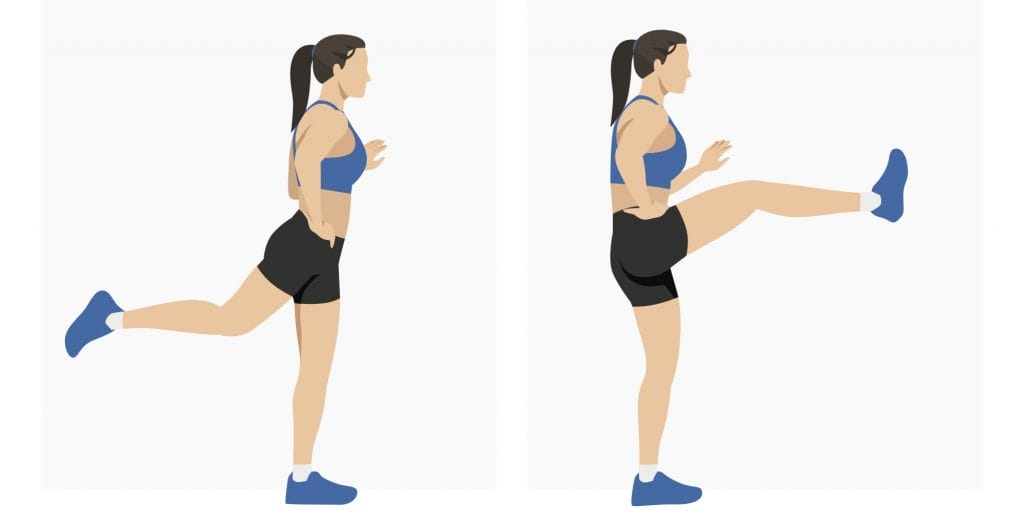Rikhi Anandsongkit and his team of physiotherapists are here to get you right on track!
Football is a dynamic sport that requires both excellent athletic ability and high-level skills, but the casual
footballer needs to also worry about one more major issue when they take to the field: injuries. From the professionals at the top level to the weekend warriors, who enjoy nothing more than kicking the ball around with friends, injuries can make ‘the beautiful game’ very ugly.
Some common injuries in football are groin strains, hamstring muscle or tendon strains, and worst of
all, Anterior Cruciate, Ligament tears or damage. These injuries are usually caused by lack of strength or
flexibility in the muscles or tendons, quick and sudden explosive movements and contractions, or unsustainable shifts in direction during intense sprints. Almost all of these can take place due to a lack of a proper warm-up routine and while warming up only reduces the probability of injury, it is vitally important to prevent bad outcomes while letting you enjoy your game.
Jogging
Football is an aerobic game that alternates between stop-start sprints, lung-bursting runs, and brisk walking to get into position. The biggest mistake that people make before playing is going into a game ‘cold.’ You can start every football warm up with a slow jog and gradually increase your speed for two or more minutes. Don’t be afraid to incorporate backward jogging as it helps prepare your joints and tendons for absorbing the shock and gets your quads, shin muscles (tibialis), and calves activated. Throw in a few sprints at the end and you’ll be good to go.
Walking Lunges
If you’ve done a lunge before, the walking lunge is more of the same while stepping forward each time. To do a walking lunge, stand with your hands on your hips with your feet hip-width apart and take a long step forward with one foot. Bend both your front knee and back knee to about 90 degrees and then rise up while simultaneously lifting your back leg to step forward into the next lunge. Do 15 reps for each leg.
Lateral Bound
Your body needs to change direction and decelerate quickly while playing football and the Lateral Bound can help prepare you for these quick movements, which can often lead to injuries. Stand on your left leg, while it is slightly bent, and then lean your chest forward slightly over your toes. Use your right arm to extend forward under your chest to help you balance while keeping your left arm by your side. Now push off your left leg with maximal force and jump laterally (sideways), landing on your right leg. Balance on your right leg and keep your left leg in the air, switch your arm positions with your left arm extended forward and your right arm by
your side, and then load up your right leg and bound back to your left. Repeat this 15-20 times for three sets.
Leg Swing
Football cannot be played without kicking, so you need to prepare your hips and legs for this motion. Start with a front-to-back leg swing with one leg and switch to the other leg. To do a leg swing, simply stand on one leg and swing the other leg back and forth. Start slowly, and work through the full range of motion. Then switch to swinging the leg from your left to your right and back again. Remember not to swing too hard and too fast as you’re just warming your leg muscles up. If you’re having trouble balancing, support yourself minimally with your hands against a wall/fixed object. Do 15 swings for each leg, both front-to-back, and side-to-side.

Rikhi Anandsongkit is the owner of Form Physio and Rehab, a physiotherapy clinic that helps adults in Bangkok get back to doing the things they love without painkillers, injections, and surgeries.
Tel: 095-569-3298
Email: info@formphysiorehab.com
www.formphysiorehab.com







